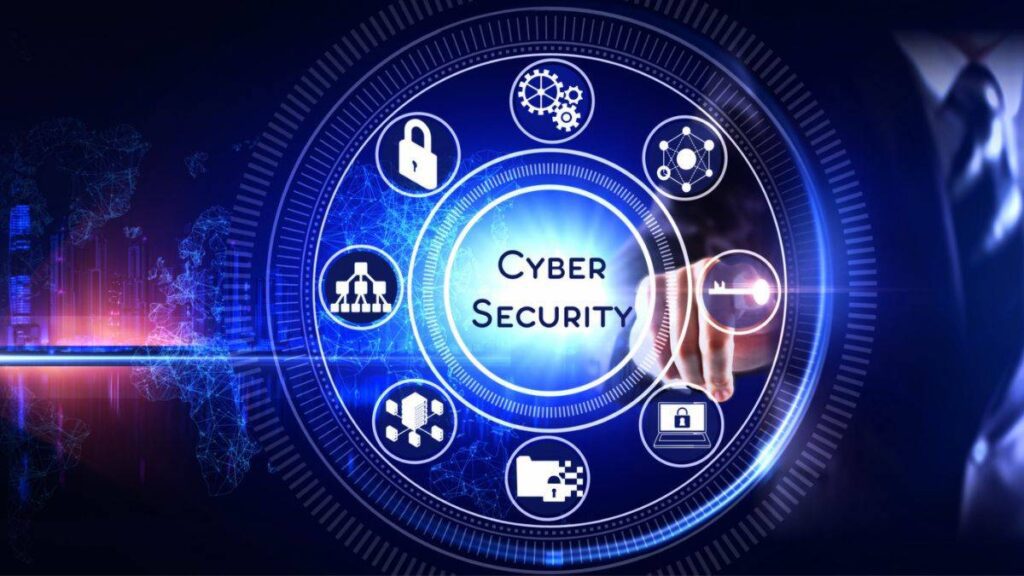

Cyber Security
In today’s interconnected world, where technology is at the core of everyday life, the importance of cyber security cannot be overstated. From personal data to business assets, safeguarding against cyber threats is essential for ensuring privacy, safety, and operational continuity. In this blog post, we explore the key aspects of cyber security, its significance, and the strategies you can employ to protect yourself and your business in the digital age.
Understanding Cyber Threats:
Cyber threats encompass a wide range of malicious activities that target digital systems, networks, and data. These threats include:
- Malware: Malicious software designed to damage or disrupt systems, steal data, or gain unauthorized access.
- Phishing: Fraudulent attempts to obtain sensitive information, such as login credentials, by posing as a trustworthy entity.
- Ransomware: A type of malware that encrypts data and demands payment for its release.
- Man-in-the-Middle Attacks: Attacks where an intruder intercepts communication between two parties to steal data or manipulate information.
- Denial-of-Service (DoS) and Distributed Denial-of-Service (DDoS) Attacks: Attacks that overwhelm a system or network with traffic, causing disruption or downtime.
The Importance of Cyber Security:
Cyber security is vital for protecting sensitive data, maintaining privacy, and ensuring the integrity of digital systems. Effective cyber security measures help prevent data breaches, financial losses, and reputational damage. Additionally, strong cyber security practices are often required for regulatory compliance and customer trust.
Implementing Robust Cyber Security Measures:
To safeguard your digital realm, consider implementing the following cyber security measures:
Firewalls and Network Security: Firewalls help block unauthorized access to your network and systems, providing a first line of defense against cyber threats. Intrusion detection and prevention systems can also enhance your network security.
Antivirus and Anti-malware Software: These tools help detect and remove malicious software from your devices and systems. Regular scans and updates ensure your protection remains effective.
Encryption: Encrypt sensitive data to protect it from unauthorized access, whether it’s stored on devices or transmitted over networks. Secure communication channels and encrypted storage help maintain data confidentiality.
Secure Passwords and Multi-factor Authentication: Use strong, unique passwords for each account and enable multi-factor authentication (MFA) to enhance account security. MFA adds an extra layer of protection by requiring verification from multiple sources.
Regular Software Updates: Keep your software and operating systems up to date to patch vulnerabilities and protect against emerging threats. Automating updates ensures timely protection against known exploits.
Employee Training and Awareness: Educate employees on cyber security best practices, such as recognizing phishing attempts and avoiding suspicious links. An informed workforce is a crucial line of defense against social engineering attacks.
Secure Remote Access: Implement secure remote access solutions such as virtual private networks (VPNs) for employees working remotely. Ensure that remote connections are encrypted and require strong authentication.
Data Backup and Recovery: Regularly back up important data and test recovery processes to ensure data can be restored quickly in the event of a cyber attack or system failure.
Cyber Security for Remote Work:
As remote work becomes more common, cyber security for remote employees is critical. Implement secure remote access solutions, such as VPNs, and provide employees with the necessary tools and training to work safely from home. Monitor remote connections and provide guidelines for secure access to company data and resources.
Monitoring and Incident Response:
Proactive monitoring of systems and networks can help detect suspicious activity early. Utilize security information and event management (SIEM) tools to track and analyze potential threats. Establish an incident response plan to quickly address and mitigate cyber threats in case of an attack.
Compliance and Legal Considerations:
Many industries are subject to data protection regulations and standards, such as GDPR, HIPAA, and PCI DSS. Ensure your cyber security measures align with these requirements to avoid legal penalties and maintain customer trust. Conduct regular audits and assessments to ensure ongoing compliance.
Cyber Insurance:
Cyber insurance can provide financial protection in the event of a data breach or cyber attack. It can help cover costs such as legal fees, data recovery, business interruption, and notification to affected parties. Evaluate your insurance options to find a policy that suits your organization’s needs.
Advanced Cyber Security Technologies:
Stay ahead of cyber threats by embracing advanced cyber security technologies:
Artificial Intelligence and Machine Learning: AI and ML can detect patterns and anomalies in data to identify potential threats in real time. These technologies enhance threat detection and response capabilities.
Zero Trust Architecture: Zero Trust emphasizes a strict verification process for all users and devices, regardless of location. This approach helps reduce the risk of unauthorized access.
Behavioral Analytics: Analyzing user and network behavior can help identify unusual patterns that may indicate a cyber attack. Behavioral analytics can detect threats that traditional security measures might miss.
Blockchain Technology: Blockchain offers secure, immutable record-keeping and can be used to enhance data integrity and traceability in various industries.
Conclusion:
Cyber security is an essential aspect of modern life, protecting personal and business data from malicious attacks. By understanding cyber threats and implementing robust security measures, you can safeguard your digital assets and maintain trust with customers and stakeholders. Stay vigilant, stay informed, and prioritize cyber security to defend your digital realm and thrive in the digital age.
